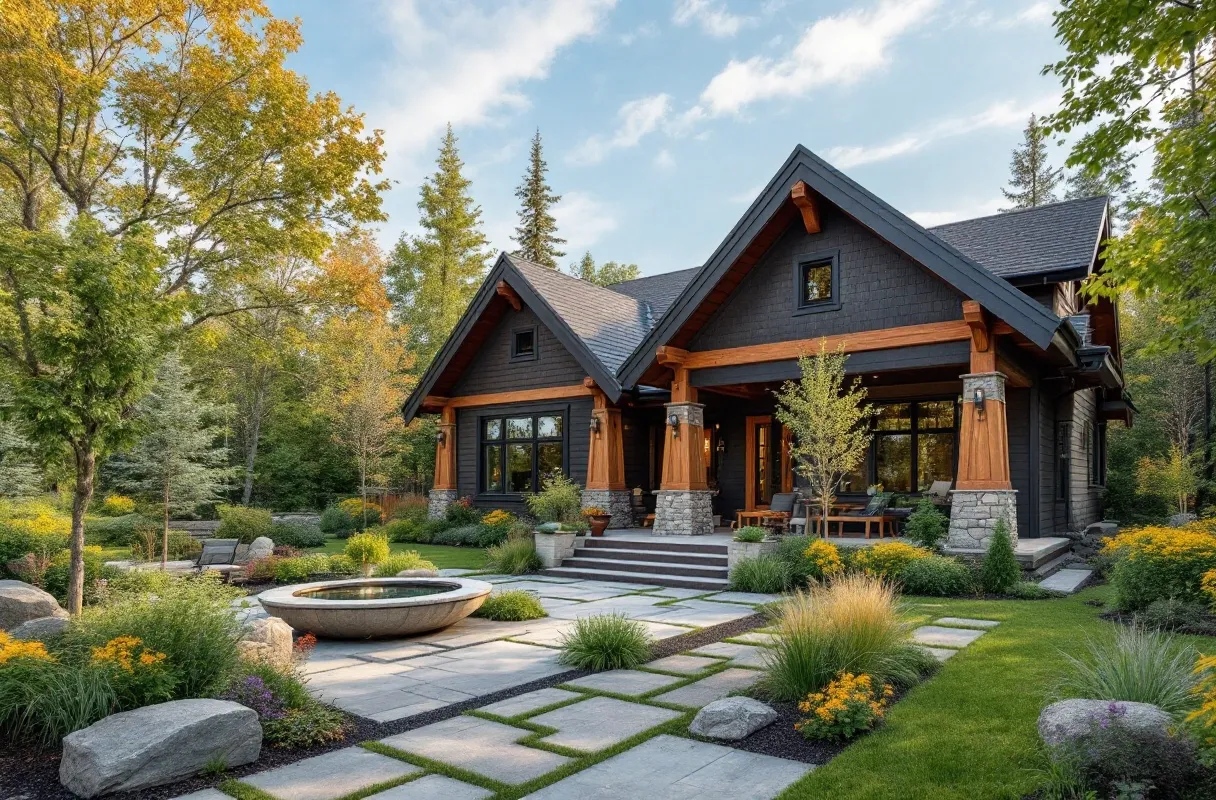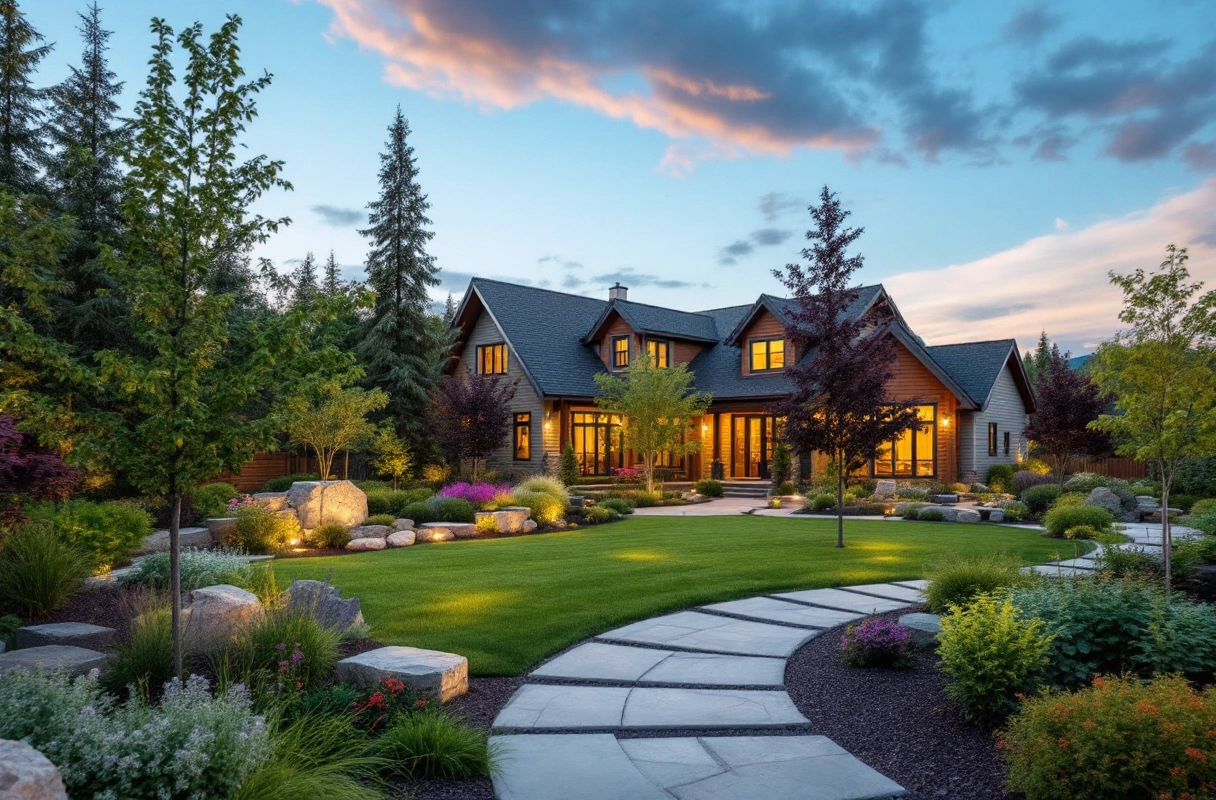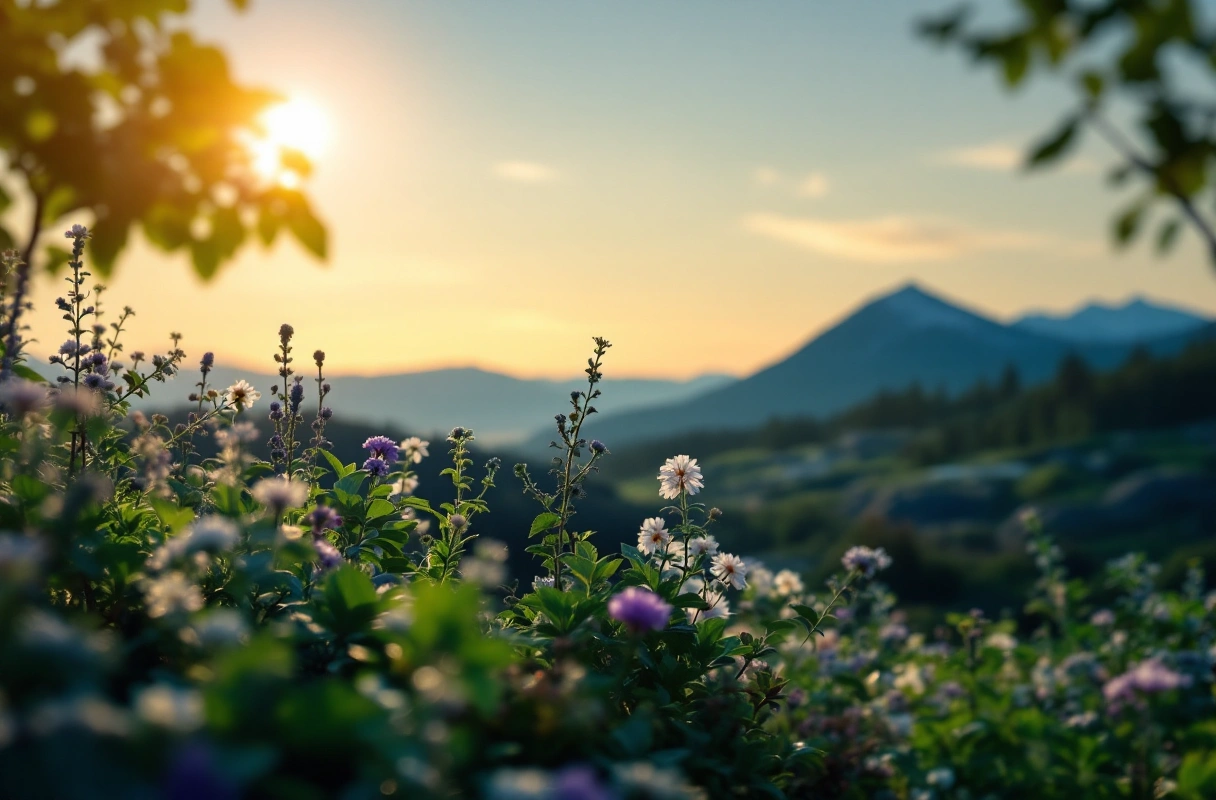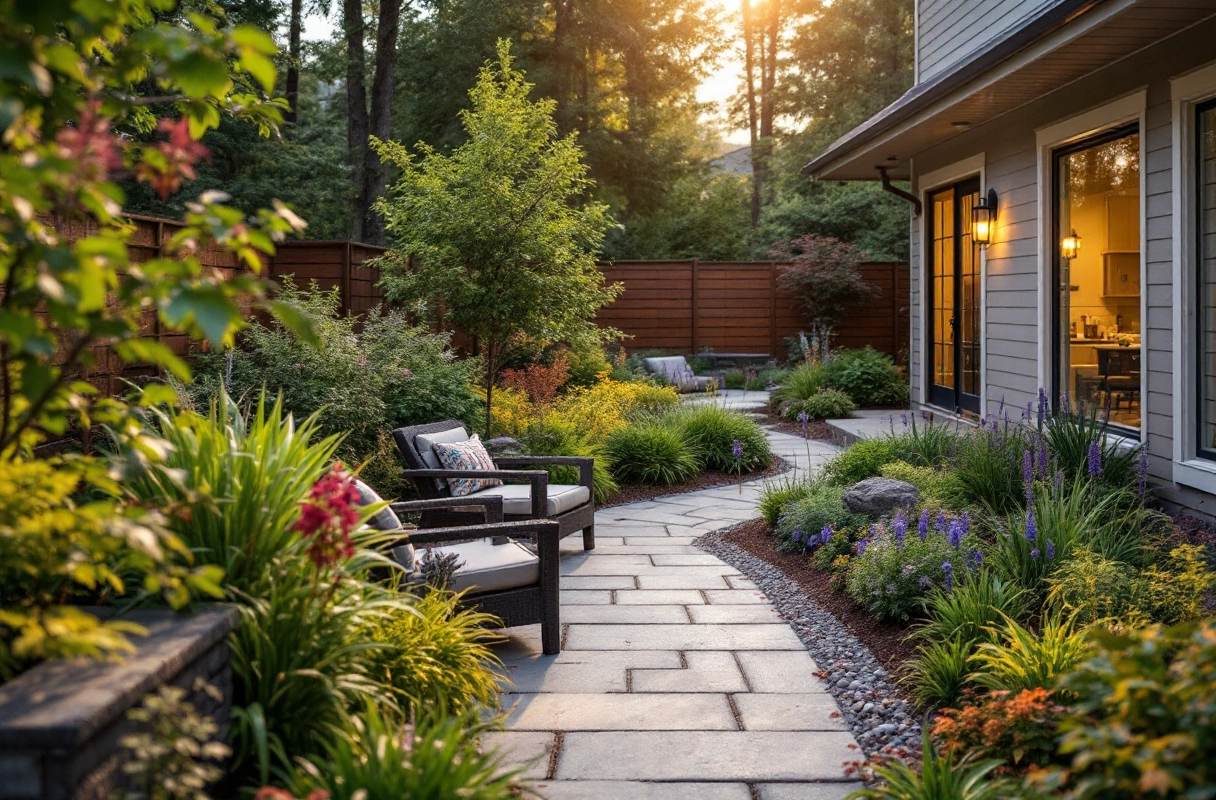
Complete Guide to Custom Landscaping and Outdoor Design in Anchorage
Creating a beautiful outdoor space is an essential aspect of enhancing the overall aesthetic and functionality of your home. In Anchorage, the unique climate and natural landscape provide both challenges and opportunities for custom landscaping and outdoor design. This guide aims to equip homeowners with the knowledge to transform their outdoor spaces into stunning environments that reflect their personal style and meet practical needs.
Understanding Custom Landscaping and Outdoor Design in Anchorage

Custom landscaping involves tailoring outdoor spaces to fit individual preferences and local environmental conditions. This includes selecting the right plants, designing functional layouts, and integrating hardscaping elements like patios and walkways. Anchorage presents unique considerations due to its northern location, which influences plant selection, soil conditions, and seasonal variations.
Key Elements of Custom Landscaping
-
Plant Selection
Choosing the right plants is fundamental to successful landscaping. In Anchorage, it is essential to select species that can withstand the colder temperatures and varying moisture levels. Native plants are often a good choice as they are adapted to the local climate and require less maintenance. For more information on suitable plant choices, consider exploring trees and shrubs planting services. -
Hardscaping Features
Hardscaping includes non-plant elements such as patios, walkways, and retaining walls. These features provide structure and can enhance the usability of outdoor spaces. Proper planning ensures that hardscaping complements the natural landscape and meets the homeowner’s needs. -
Irrigation and Drainage
Effective irrigation systems are crucial for maintaining plant health, especially in an area with varying precipitation levels. Additionally, proper drainage helps prevent water accumulation, which can damage plants and hardscaping features. -
Lighting Design
Outdoor lighting not only enhances the aesthetic appeal of a landscape but also increases safety. Thoughtful lighting design can highlight key features and extend the usability of outdoor spaces into the evening.
How to Choose the Right Plants for Your Anchorage Landscape

Selecting the right plants is a pivotal aspect of custom landscaping and outdoor design in Anchorage. The harsh winters and short growing seasons require careful consideration of plant types and their specific needs.
Factors to Consider When Choosing Plants
-
Climate Resilience
It is important to select plants that can thrive in Anchorage’s climate. Cold-hardy varieties such as conifers, certain perennials, and native grasses are often well-suited. Researching the hardiness zones can provide insights into which plants will perform best. -
Soil Conditions
Conducting a soil test can help determine the pH and nutrient levels of your garden. This information is critical for choosing plants that will thrive in your specific soil conditions. Amendments may be necessary to improve soil quality and drainage. -
Sunlight Availability
Assessing the sunlight exposure in different areas of your yard is essential. Some plants require full sun, while others thrive in partial shade. Understanding these needs will help create a balanced landscape that flourishes throughout the seasons.
Recommended Plant Types for Anchorage
-
Perennials
Consider hardy perennials like daylilies, peonies, and astilbes, which can provide vibrant color and texture year after year. -
Shrubs
Deciduous and evergreen shrubs, such as junipers and hydrangeas, can add structure and seasonal interest to the landscape. -
Trees
Trees like birches and aspens not only provide shade but also enhance the visual appeal of the landscape throughout the year. -
Ground Covers
Low-growing plants such as creeping thyme or sedum can be effective for controlling erosion and filling in gaps between larger plants.
Designing Functional Outdoor Spaces

Creating an outdoor area that is both beautiful and functional requires a strategic approach to design. This involves understanding how different elements work together and how they can be used to meet the needs of the homeowner.
Layout Considerations
-
Zoning
Divide your outdoor space into zones based on how you plan to use each area. For example, consider creating distinct areas for entertaining, gardening, and relaxation. This helps to maximize the usability of your space. -
Pathways and Flow
Designing clear pathways encourages movement throughout the landscape. Use materials that complement the overall design and ensure that pathways are wide enough for comfortable navigation. -
Focal Points
Incorporate focal points such as water features, sculptures, or seating areas to draw the eye and create interest. These elements can serve as conversation starters and enhance the overall aesthetic.
Incorporating Hardscaping
-
Patios
A well-designed patio provides a space for outdoor dining and gatherings. Consider materials such as pavers, stone, or stamped concrete that blend with the natural surroundings. -
Retaining Walls
If your landscape has varying elevations, retaining walls can help manage soil erosion and create visually appealing terraces. They can also provide additional seating options. -
Decks
Building a deck extends your living space outdoors and can offer stunning views of your landscape. Choose materials that are durable and weather-resistant to ensure longevity.
Maintenance Tips for Your Custom Landscape
Maintaining a custom landscape is essential for preserving its beauty and functionality. Regular upkeep helps prevent potential issues and keeps plants healthy.
Seasonal Maintenance Tasks
-
Spring Cleanup
Begin by removing debris and dead plants. Prune perennials and shrubs to encourage new growth. This is also an excellent time to apply mulch to retain moisture and suppress weeds. -
Summer Care
Monitor watering needs and adjust irrigation systems as necessary. Regularly check for pests and diseases, as early intervention can prevent larger issues. -
Fall Preparation
As temperatures drop, prepare your landscape for winter. This includes cutting back perennials, mulching, and protecting sensitive plants from frost.
Common Mistakes to Avoid
-
Overwatering
Many homeowners overestimate the water needs of their plants. Understanding the specific requirements of each species can prevent root rot and other issues. -
Ignoring Soil Quality
Neglecting soil health can lead to poor plant performance. Regular testing and amendments are key to sustaining a thriving landscape. -
Choosing Invasive Species
Some plants may seem appealing but can become invasive, disrupting the local ecosystem. Researching native plants can help avoid this issue.
Conclusion: Tailored Solutions for Your Outdoor Design with Titan
Creating a stunning landscape in Anchorage requires thoughtful planning and execution. Custom landscaping and outdoor design in Anchorage can transform your outdoor space into a functional and beautiful environment. From selecting the right plants to incorporating hardscaping features, every detail matters.
At Titan, we understand the unique challenges and opportunities presented by the Alaskan landscape. Whether you’re looking for landscape design, retaining walls, or snow and ice removal services, our team is equipped to assist you. By applying the insights shared in this guide, you can achieve the outdoor space you’ve always envisioned.